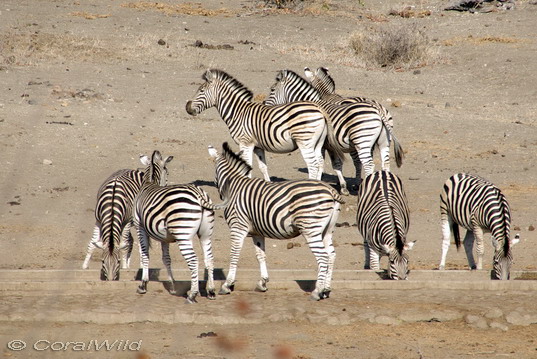No one disputes the fact that the north of Kruger National Park is mopani country. The endless plains of mopani bush and tough grass are only sporadically punctuated by rocky outcrops or winding lines of riverine forest canopies.
For the botanist, elephant fan or any lovers of the wild, there are many natural wonders to witness amongst those butterfly-leaf thickets and open spaces.
 |
| the northern plains |
The Tropic of Capricorn cuts through Kruger in the north and probably as a result many tropical and sub tropical species of plants, birds and other animals are found there and not further south. Examples are the mighty baobab tree, the diminutive Sharpe’s Grysbok, the glossy Meve’s Starling. The list is lengthy…..
At this time of the year, the mopani veld appears quite barren with only the fluttering gold, green and copper leaves breaking the monotony. But things can change in an instant.
Mopani country is also elephant and buffalo country.
This is where you find the buffalo herds in the many hundreds, sometimes a thousand plus.
This is where the largest elephant herds come together in the sandy river beds.
 |
|
|
|
|
|
|
|
|
| Elephant herd crossing the Luvuvhu River |
|
|
|
|
|
|
|
|
|
|
|
|
|
|
|
|
|
|
|
|
| | | |
|
|
|
|
| |
| |
 |
| The largest buffalo herd we saw - took 20 minutes to cross the road |
 |
| The largest bull elephant hanging out around Shingwedzi |
 |
| View from our camp at Punda |
This small selection of pictures gives you an idea of the experiences that my cousin Rosemary and I had over the 10 days we spent in the north of Kruger this September.
PS. One of Rosemary’s wishes was to hug a baobab…….. needless to say she had plenty of opportunities……….




















